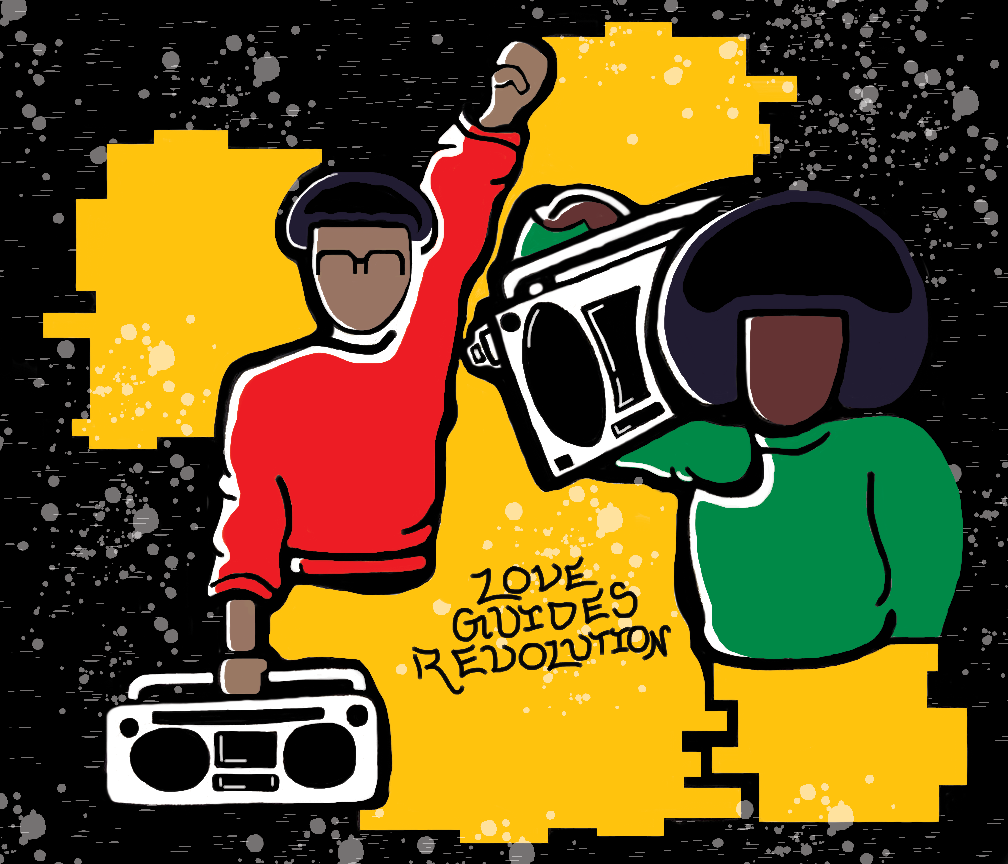
News
Summers Will Not Finish Semester of Teaching as Harvard Investigates Epstein Ties

News
Harvard College Students Report Favoring Divestment from Israel in HUA Survey

News
‘He Should Resign’: Harvard Undergrads Take Hard Line Against Summers Over Epstein Scandal

News
Harvard To Launch New Investigation Into Epstein’s Ties to Summers, Other University Affiliates

News
Harvard Students To Vote on Divestment From Israel in Inaugural HUA Election Survey
Hip-Hop at 50: Let’s Get Free
If you ever find yourself walking down Mount Auburn St., make a stop at the Hutchins Center for African and African American Research. There, you will find Harvard’s Hiphop Archive and Research Institute, which contains classic records like “To Pimp a Butterfly,” “Illmatic,” and “The Miseducation of Lauryn Hill.” Hip-hop, like the best of the Black musical tradition, contains artists who confront oppression and hatred with resistance and love.
As hip-hop turns 50 this year, we have an important opportunity for reflection. Let’s not just listen — let’s consider this powerful style of bounce and rhythm’s deep roots in protest.
One of hip-hop’s greatest protest records is Dead Prez’s 2000 album “Let’s Get Free.” It is no coincidence that the LP sounds like it came out of the Black Panther Party headquarters in Oakland, Calif. — this is because Stic.man and M-1 used their debut project to embrace the principles of socialism, self-defense, and solidarity among African peoples. “Let’s Get Free” remains one of the brightest gems of hip-hop’s 50-year existence.
The marriage of record scratching and drum breaks came at a time when the Civil Rights and Black Power era was in decline. By the early 1970s, dozens of leaders in the Black freedom movement had been murdered, imprisoned, or exiled. A generation of Black youth grew up under the drug war, mass incarceration, and abject poverty, all of which became themes brought to life in hip-hop revolutionary groups like The Coup, X Clan, and Public Enemy.
When Dead Prez dropped in 2000, however, the direction of hip-hop was uncertain. On one hand, the genre had become a commercial powerhouse. Lauryn Hill became the first hip-hop artist to win album of the year at the 1999 Grammys, and hip-hop became the best-selling music genre in the United States. On the other hand, the two most recognizable faces of the genre, 2Pac and the Notorious B.I.G., were murdered, and consumerism and celebrity culture enveloped the art.
While the future of the genre was unknown, “Let’s Get Free” reintroduced revolutionary, anti-establishment music into the mainstream.
We should understand the album itself as a compilation of anthems against miseducation. In the song “They Schools,” the group charges institutional schooling with teaching Black children how to be “slaves and hardworkers for white people,” only glorifying the history of Europeans while asserting that Black people were three-fifths of human beings. The project rails against mass media narratives in tracks like “Propaganda” and “Psychology,” voicing eerily similar concerns to those Americans have today about surveillance and misinformation. It’s through these angles that Dead Prez shows hip-hop’s capacity to question the sources of our worldview and those who manipulate it.
The tradition of the Black Panther Party, a community-oriented Black liberation organization, is all over “Let’s Get Free.” Dead Prez embodied the Panthers with self-defense instrumentals on songs like “Police State” and “Behind Enemy Lines,” waging war against carceral capitalism. The group takes shots at contemporaries for compromising their art for mass consumption, with Stic.man saying, “I’ll take a slug for the cause like Huey P,” the co-founder of the Panthers, while accusing most rappers of trying to “copy Master P.”
Dead Prez is also brilliant in how they demonstrate crucial links between physical and mental health and revolutionary struggle. Guitar strings on “Be Healthy” are accompanied by messages to “eat what comes from the ground” in order to let “your food be your medicine.” Likewise, “Mind Sex” and “Happiness” focus on positive illustrations of masculine intimacy beyond the physical. These tracks initially feel like an abrupt interruption of the revolutionary rhetoric, but a closer look reveals Dead Prez’s prescient message: Health as a source of empowerment is essential to collective struggle.
Perhaps the most remembered track from this record is “Hip Hop.” The walk-on song to “Chappelle’s Show,” “Hip Hop” was a critique of the commercialization of the genre and a warning to its artists. Dead Prez paints the record labels as dope dealers who use Black artists to write rhymes while leaving them broke. Its distorted bassline guides us through a message about being true to oneself as an artist despite the grip of capital on the music industry. There’s a good reason the track is iconic in the history of the genre, appearing in the music of 50 Cent, Drake, and Chance the Rapper.
Like every musical genre that has garnered commercial success, hip-hop has had its vultures and exploiters. But there are also many who keep up the soul, creativity, and individuality that made the culture so popular in the first place. Innovators of the art should never let the rule of cash dictate their ability to control their narrative or style — and I’m hopeful that they won’t.
“Let’s Get Free” represents the best of what hip-hop is and can be. The project is a master performance of Afrocentric revolutionary politics that pits itself against police violence, predatory capitalism, and various forms of propaganda. Its foundation is built on an intense passion for self-determination and community control that Dead Prez holds far beyond their acclaimed album.
“Let’s Get Free” reminds us that it truly is bigger than hip-hop. We should listen and appreciate the tradition the record carries on.
Prince A. Williams ’25, a Crimson Editorial editor, is a History concentrator in Adams House.
Want to keep up with breaking news? Subscribe to our email newsletter.

